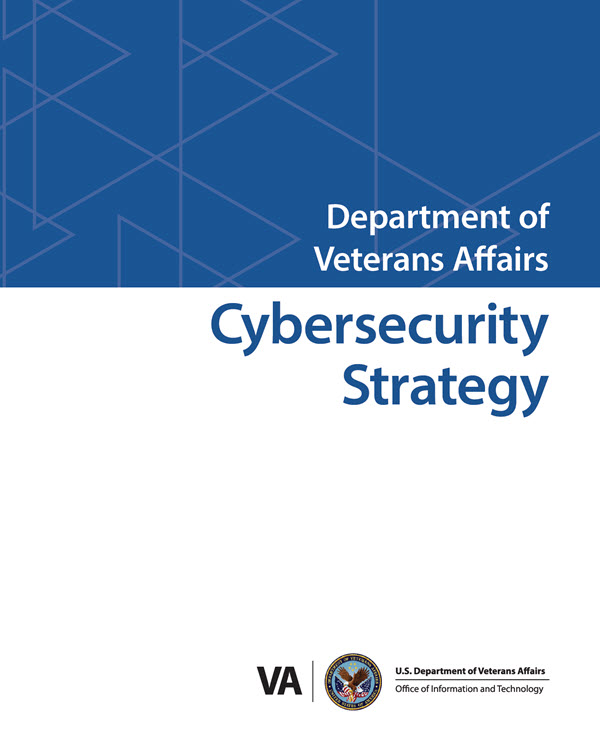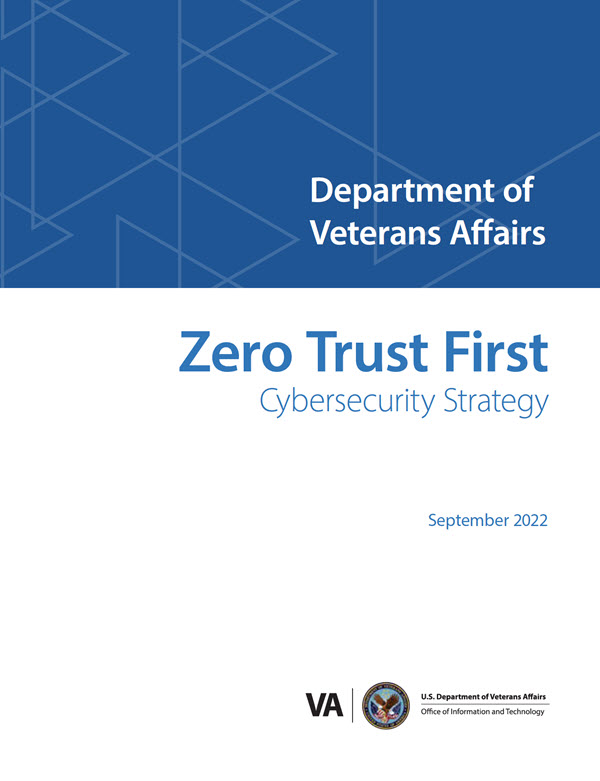Although the U.S. Department of Veterans Affairs was officially established as a Cabinet-level agency, on March 15, 1989, the commitment to our Nations’ Veterans has been present since the early founding of our Nation. As the Nation has grown, so too have the expectations of the types of support and level of services that encompass that commitment. VA maintains a lifetime relationship with millions of Veterans and their families.
Technology has greatly improved the quality of life for all citizens. Likewise, technology has improved the level of care and the accessibility of services to Veterans and other beneficiaries. Today, VA is the largest integrated health care system in the United States, with health care facilities and outpatient clinics across the country. VA also provides a series of non-healthcare benefits including disability compensation, vocational rehabilitation, education assistance, home loans, and life insurance, and provides burial and memorial benefits to eligible Veterans and family members at 135 National cemeteries.
As we leverage technology for the betterment of VA’s service offerings, we must also bear the responsibility in protecting the Department’s critical information resources. The Veteran experience includes the safeguarding of their information and the protection of the systems that store, process, and transmit data. A compromise could lead to fraudulent activities, exposure of Veteran’s personal information, or the corruption of critical data. More importantly, poor cybersecurity practices will erode the Veteran’s confidence in VA.
The underlying message is clear: cybersecurity is essential to the success of VA’s mission. The following five Strategic Goals outline the Department’s focus on maintaining a robust and resilient technology environment that advances VA’s mission:
- Secure and protect VA and Veteran information
- Protect information systems and assets
- Leverage innovation to strengthen cybersecurity
- Enhance cybersecurity through partnerships and information sharing
- Empower VA mission through cybersecurity risk management Office of Information and Technology
This strategy aligns to and enables the FY18-24 VA Strategic Plan and takes into consideration existing and new Federal cybersecurity requirements, technological advancements, innovations, and world events that have evolved the way VA delivers services. It also factors in new and innovative ways to protect against today’s most sophisticated cybersecurity threats. Central to this strategy are the core values America’s Veterans have taught us by example: Integrity, Commitment, Advocacy, Respect, and Excellence (I CARE). These core values guide all our interactions as we implement VA’s Cybersecurity Strategy.




